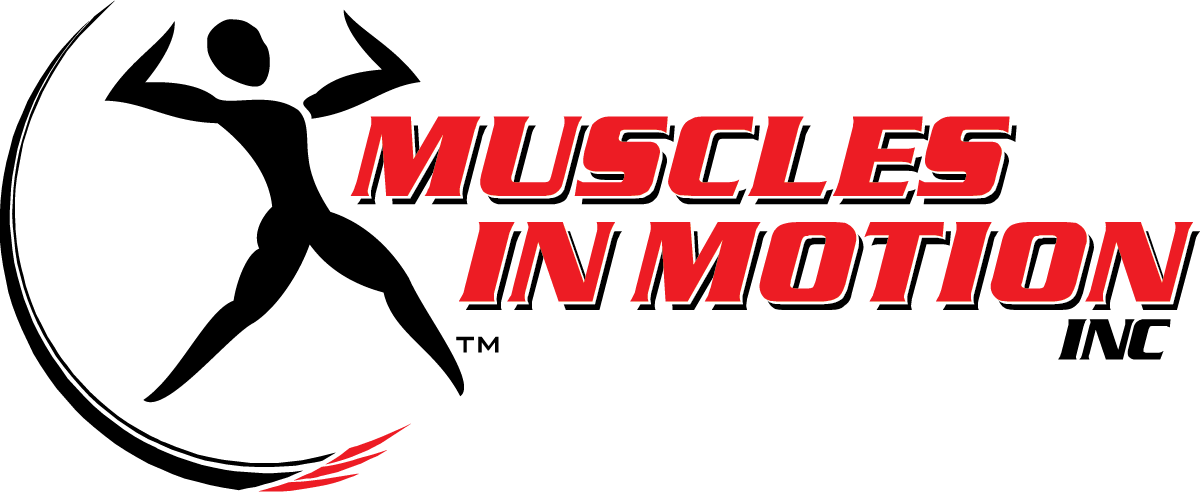The muscles of the hip.
In human anatomy, the muscles of the hip joint are those muscles that cause movement in the hip. These are often divided into four groups according to their orientation around the hip joint: the gluteal group; the lateral rotator group; the adductor group; and the iliopsoas group.
- The psoas is the primary hip flexor, assisted by the iliacus. The pectineus, the adductors longus, brevis, and magnus, as well as the tensor fasciae latae are also involved in flexion.
- The gluteus maximus is the main hip extensor, but the inferior portion of the adductor magnus also plays a role.
- The adductor group is responsible for hip adduction.
- Medial rotation is performed by the gluteus medius and gluteus minimus, as well as the tensor fasciae latae and assisted by the adductors brevis and longus and the superior portion of the adductor magnus.
- Each muscle of the lateral rotator group causes lateral rotation of the thigh. These muscles are aided by the gluteus maximus and the inferior portion of the adductor magnus.
Hip muscles also play a role in maintaining the standing posture.
These muscles work in an integrated system with muscles of the shoulder, neck, core, lower leg, and supporting muscles of the spine, to provide the ability to stand with good posture. These muscles include the gluteus medius and gluteus minimus which abduct the thigh, prevent swaying of hips, and stabilize the pelvic region while keeping hips level.
Try this hip stretch:
Tight hips can occur from being sedentary/sitting a lot, poor posture, and lifting/physical activities. Hip pain can also be caused by Piriformis muscle. Click here to watch!
